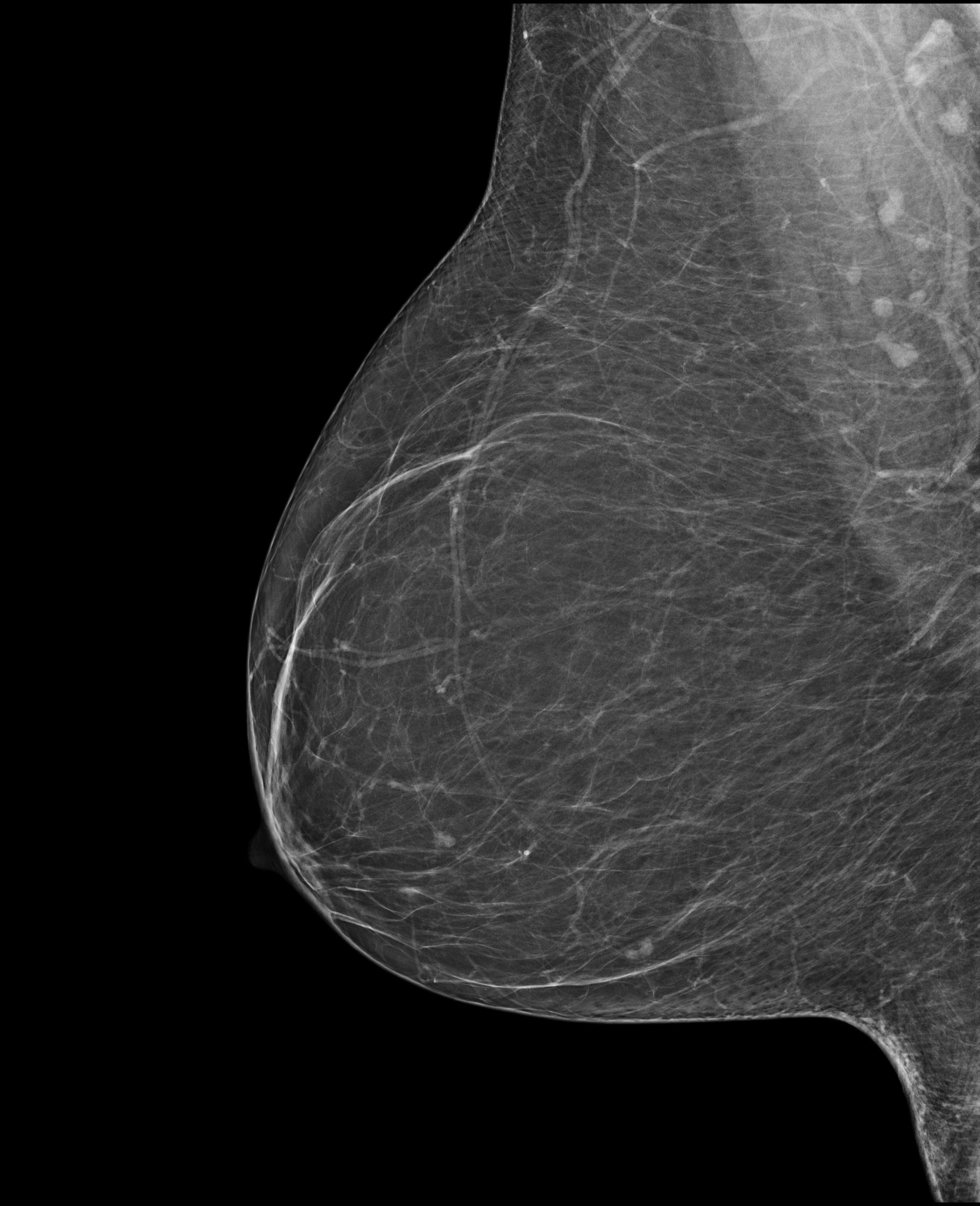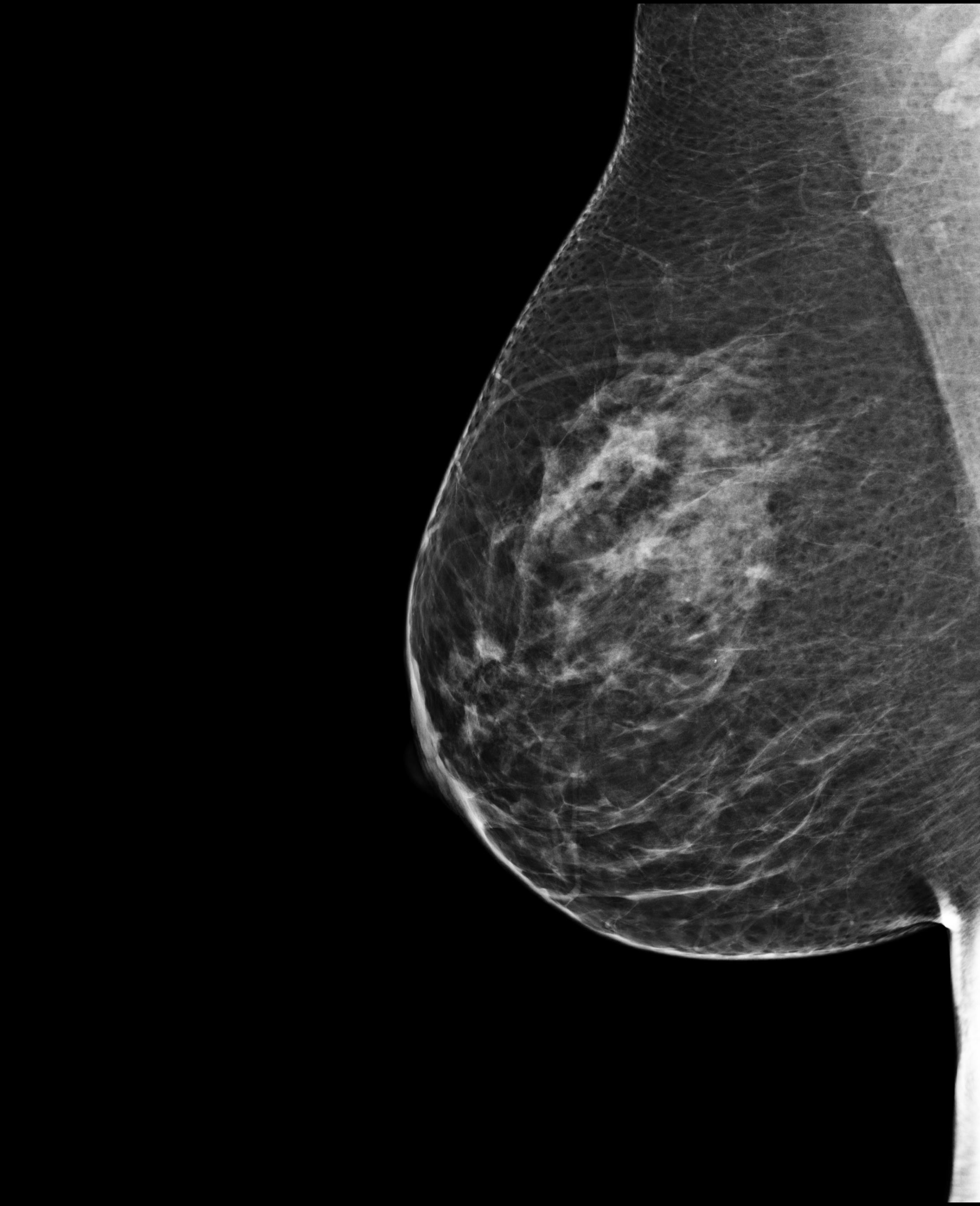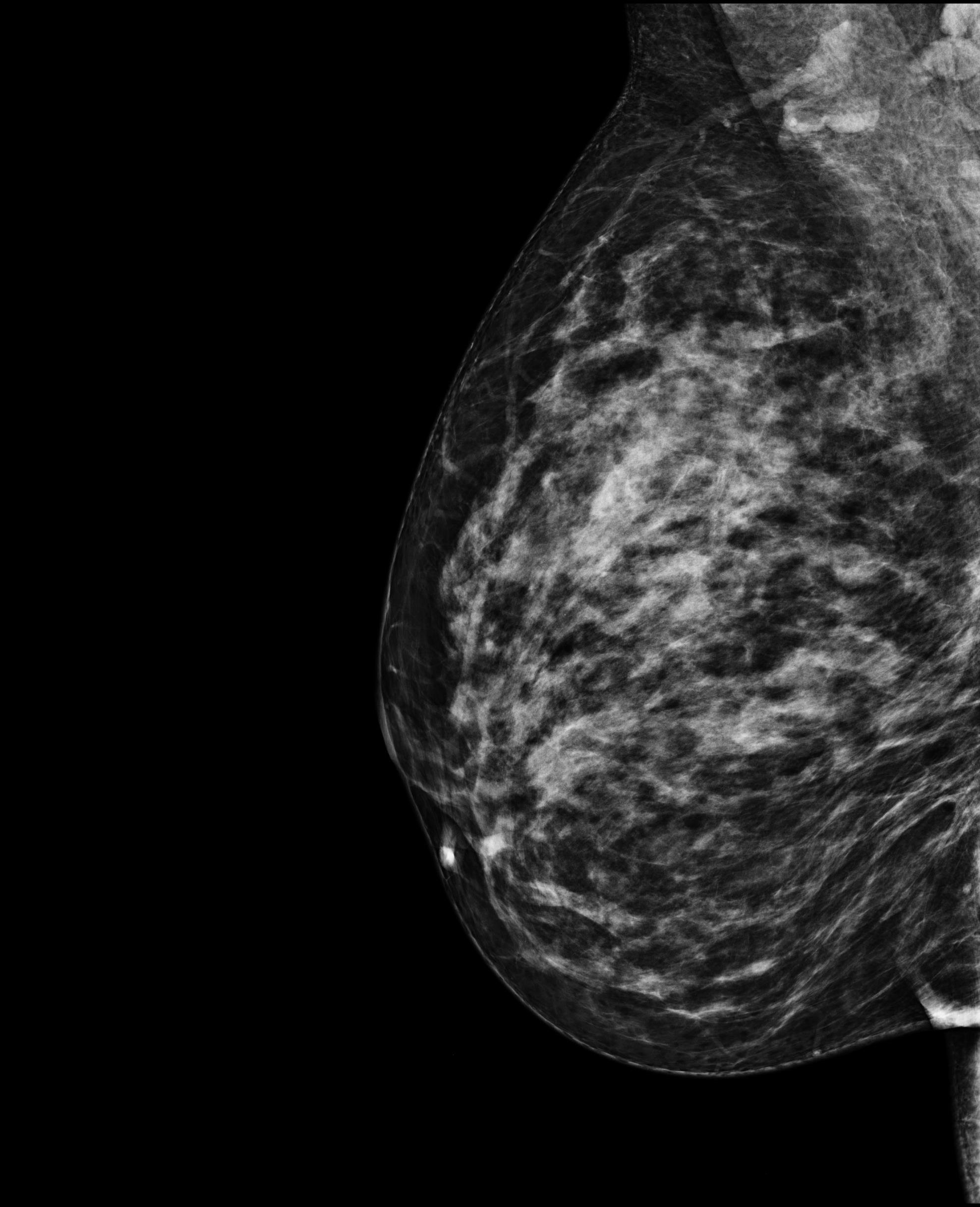
- Home
- >Breast cancer and screening
- >Dense breast tissue and screening
Dense breast tissue and screening
Breasts are made up of a combination of fatty tissue and fibroglandular tissue (milk ducts, milk glands and supportive tissue). Breast density refers to the proportion of fibroglandular tissue a person has, compared to fatty tissue.
Breast density can only be seen on a mammogram; it cannot be felt during a breast examination.
It is common and normal to have dense breasts.
Breast density categories
The Breast Imaging Reporting and Data System (BI-RADS) is a commonly used classification system used to describe four categories of breast density:
- BI-RADS category A: the breasts are almost entirely fatty
- BI-RADS category B: there are scattered areas of fibroglandular density
- BI-RADS category C: the breasts are heterogeneously dense
- BI-RADS category D: the breasts are extremely dense
The BI-RADS C and D categories are often combined and referred to as ‘dense breasts’. BI-RADS category D is referred to as ‘extremely dense’.2671
These pictures illustrate the four BI-RADS breast density categories:




Dense breasts and breast cancer
Higher breast density is associated with an increased risk of breast cancer.1524
The risk of developing breast cancer is also influenced by a range of other factors such as growing older, having a strong family history, being overweight, drinking alcohol and other lifestyle and environmental impacts.1743
Breast density also has an impact on screening effectiveness as it can mask or hide cancers, potentially making cancer detection less accurate. This is because dense tissue and breast cancers both appear white on an x-ray.
Even with dense breasts, a breast screen every two years is still the most effective population-based screening tool to detect breast cancer early in women without symptoms aged 50–74.1539
Information about your breast density
At present, most clients who are asked to come back for further tests following their initial BreastScreen NSW appointment are informed of their breast density, based on an assessment by specialist doctors.
BreastScreen NSW continuously reviews emerging evidence around breast cancer screening for women and is currently evaluating technology to accurately measure and categorise breast density as part of the BreastScreen NSW program.
There is currently no established pathway in Australia for the ongoing care and additional surveillance for women with dense and extremely dense breast tissue. BreastScreen NSW will continue to monitor this situation and advise of updates as appropriate.
If you are concerned about breast density and your breast cancer risk, please discuss this with your GP.



